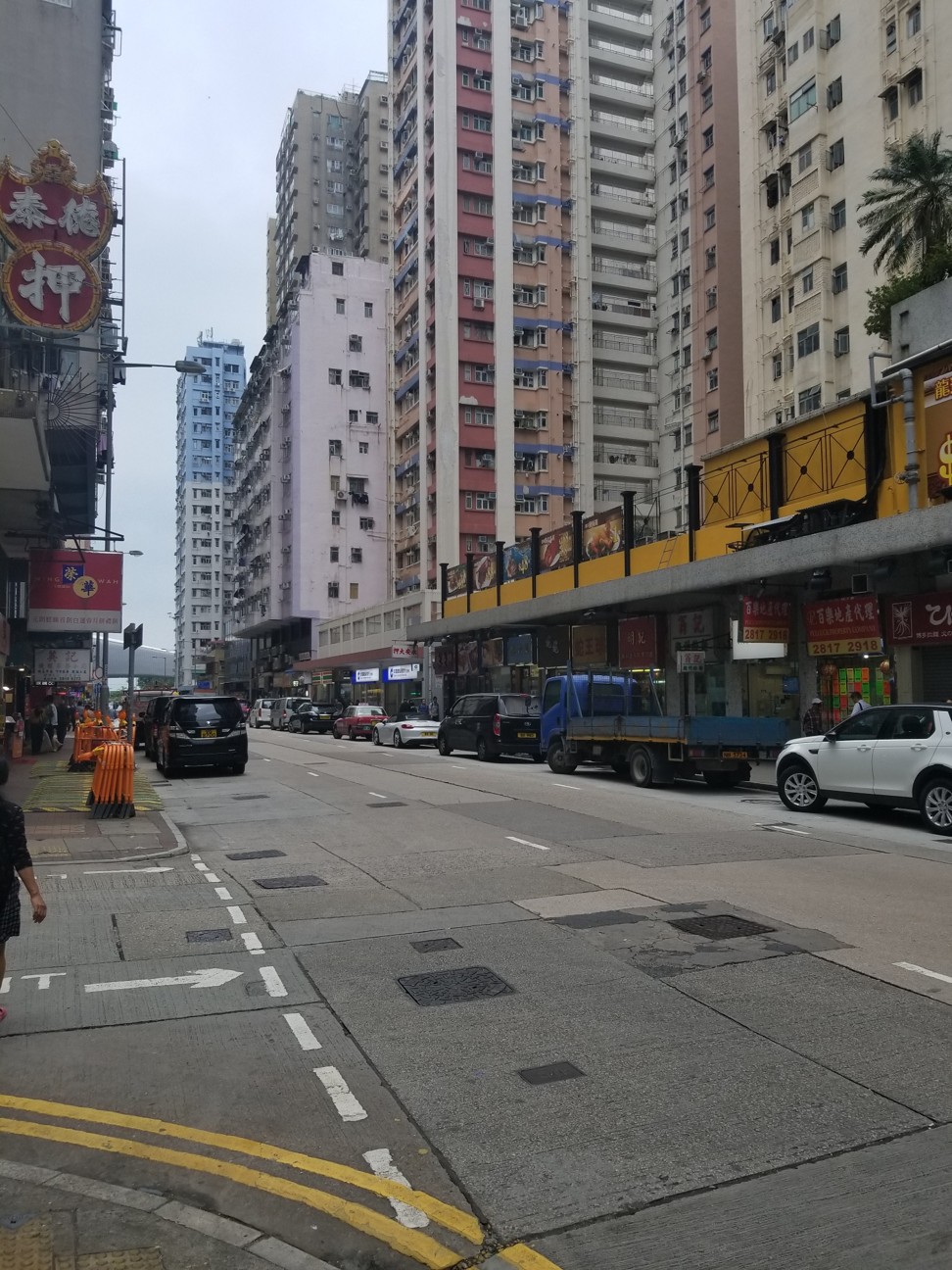8 places in Hong Kong you never knew were haunted

Instead of sitting at home watching the same old horror films this Halloween, scare yourself silly with your own ghost tour around Hong Kong.
There are plenty of old buildings with a spooky history among the gleaming new skyscrapers. You just have to find them.
So get your Google Maps ready – here are our scary picks for a fabulous fright night.
Sheung Wan/Sai Ying Pun
Plenty of scary tales abound in Sheung Wan – the first district to be developed by the colonial British – where a series of tragic events have occurred over the centuries.
1. Blake Garden
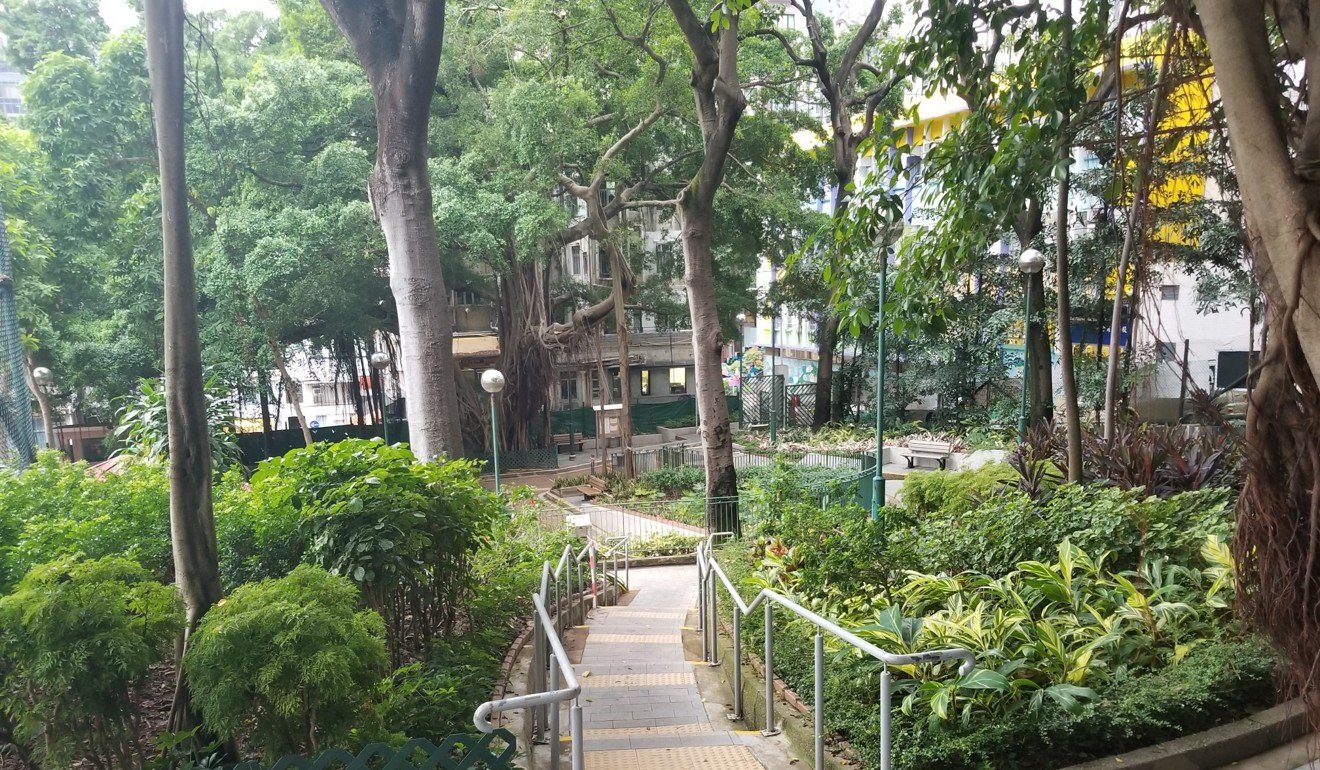
In 1894, bubonic plague, which went on to kill thousands of people living in the colony, broke out in and around what is now the hipster neighbourhood of Po Hing Fong.
The buildings where most of the people perished were demolished and Blake Garden – Hong Kong’s first public park – was built in its place.
Believe it or not
People say they see children, dressed in traditional Chinese clothing, playing in the park at night.
2. Po Hing Fong
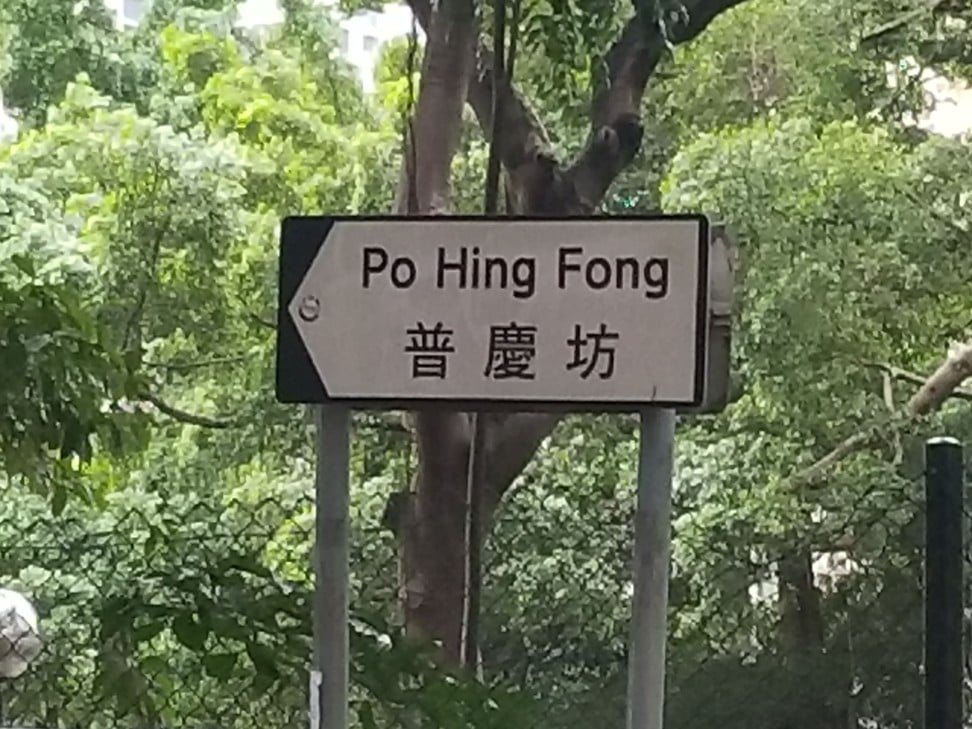
Po Hing Fong has experienced other disasters apart from the plague.
The cul-de-sac – originally the site of Dr Sun Yat-sen’s centre for anti-Qing revolutionaries and where the prominent businessman Chau Siu-ki owned property, and the future governor, Sir Cecil Clementi, lived while he was a civil servant – was the scene of a fatal accident in 1925 during a flash flood.
On July 17, just before 9am, nearly 80 people were killed when the torrent of water – after days of heavy rain – led to the collapse of a retaining wall on the corner of Caine Road and Ladder Street.
Chau and members of his family were among the dead.
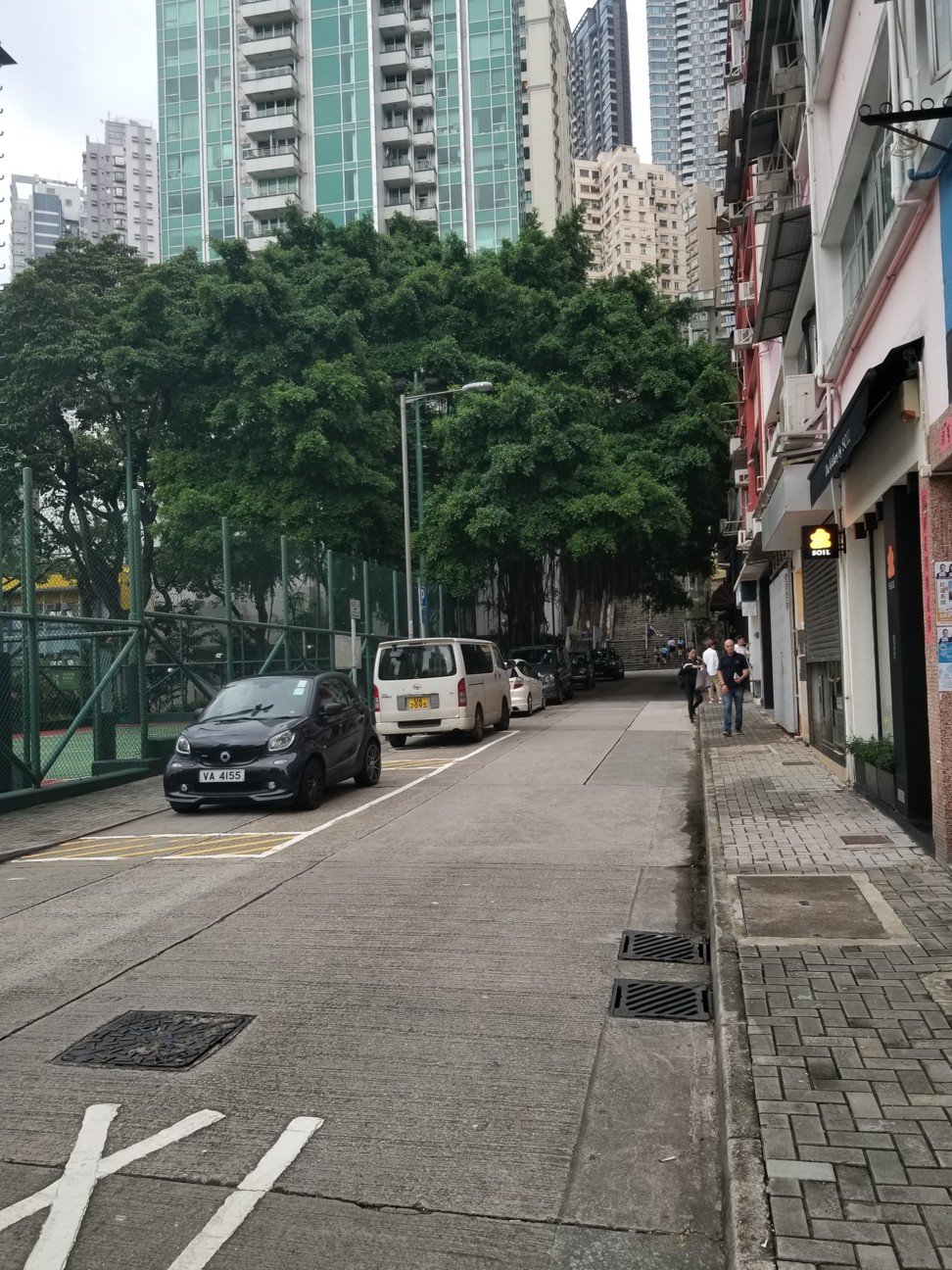
Believe it or not
One summer night in 1949, residents of Po Hing Fong were awakened by a great commotion outside. Trucks and hundreds of people were seen running for their lives.
The “vision” lasted for several minutes before the trucks and people disappeared in the mist. The next morning, the neighbours compared notes. They all saw the same thing.
Some believe they were the troubled spirits of those killed in the second world war.
3. Sai Ying Pun Community Complex

The 126-year old Sai Ying Pun Community Complex building on High Street is believed to be inhabited by ghosts.
Originally a nurses dormitory, it was occupied by the Japanese forces during the second world war, and then became a mental hospital.
The building was abandoned in the 1970s and remained empty for the next 20 years.
In the 1990s the government retained the original facade of the building, but redeveloped the rest.
It is now a community centre.
Believe it or not
During the 1970s, when the building was abandoned, curious thrill-seekers related tales of having seen headless people wandering along the corridors, and ghosts of previous mental patients.
Even today, those that have lived in the area have eerie tales to tell about the building.
4. Bridges Street

Bridges Street, which intersects Shing Wong Street and Staunton Street, remains the site of several notable buildings, including the YMCA, built in 1918, which is now listed as a Grade 1 historic building.
The Japanese used the street’s buildings as a barracks during the war.
Believe it or not
In 1945, when the occupying Japanese forces surrendered at the end of war, a large number of soldiers are believed to have committed suicide there.
Nearby residents say they often see the shadows of soldiers at night and hear the sound of marching soldiers, and even sobbing, coming from the YMCA building.
Sai Wan
5. Shek Tong Tsui
The area of Shek Tong Tsui, in Sai Wan on Hong Kong Island, was first settled in by Hakka people in the 17th century.
The name is derived from the old stone pond, or “Shek Tong” around what is now Hill Road.
Granite miners moved to the area in about 1880 and in the early 1900s, Possession Point’s brothels were moved here by the then governor Matthew Nathan.
The area flourished, as the wealthy came to the area for entertainment, and as Cantonese opera houses and restaurants opened up.
Yet the “golden era” of the district ended in 1935 when the government banned prostitution.
However, this period in Shek Tong Tsui’s history has inspired many feature films, including director Stanley Kwan’s 1988’s Rouge, starring Leslie Cheung and Anita Mui.

Brothels were brought back to the area under Japanese occupation, which served only the Japanese occupiers.
During this time, the Japanese military living in the area wreaked havoc in the neighbourhood.
Many civilians and prisoners where executed on the streets.
Believe it or not
It is not uncommon for residents of the neighbourhood to report hearing the clanking of chains late at night.
Many of the old-style stores in the area with loft residences are said to be haunted – with many of the “lost” souls hiding there.
Wan Chai
There have been settlements in Wan Chai since 1819, and there are plenty of creepy tales which take place within its streets
6. Ship Street’s Nam Koo Terrace
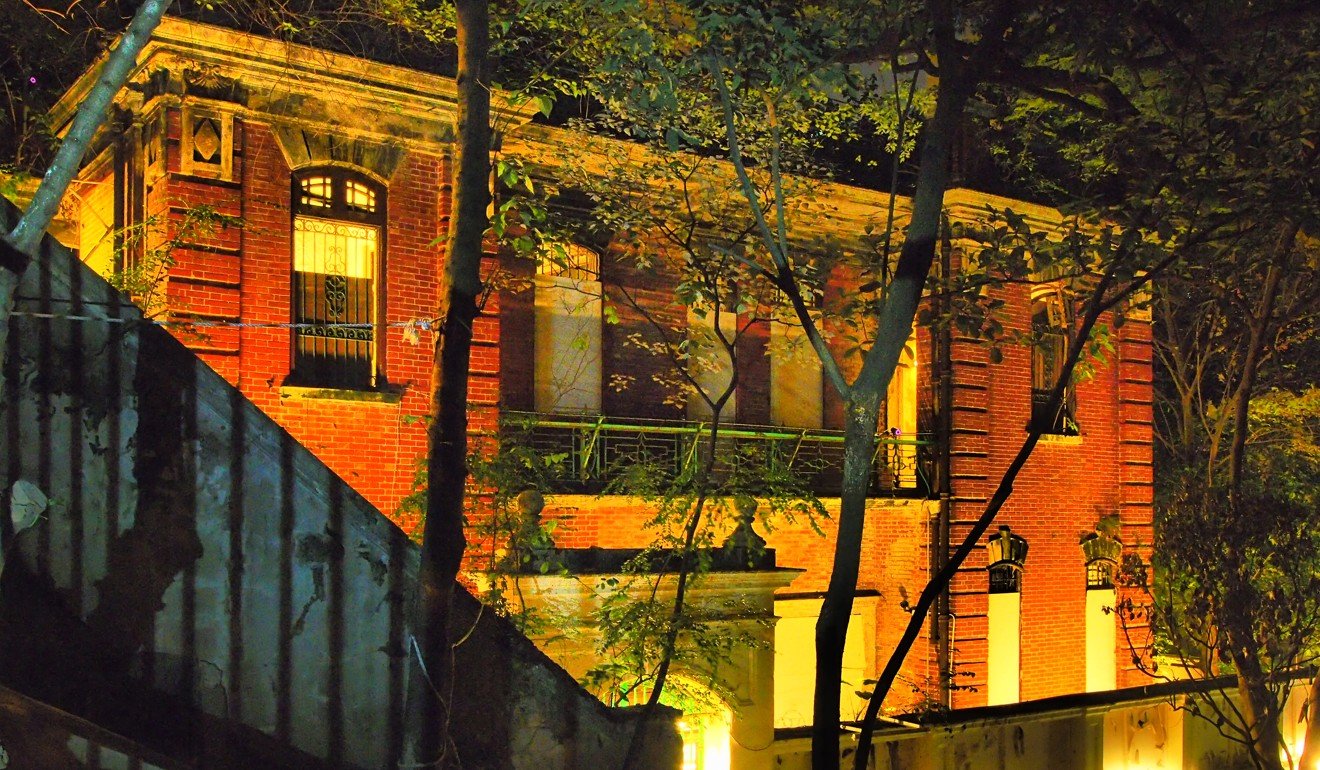
You may have noticed an old, two-storey red brick house on Ship Street.
The Grade 1 historic building was erected in 1915 by the wealthy To family of merchants from Shanghai.
To Chun-man was the chief silk salesman and later assistant manager for Wing On department store , and was also a member of the Chinese Chamber of Commerce.
He was forced to leave his home when Japanese forces occupied Hong Kong.
The property was said to have been used as a military brothel between 1941 and 1945 and Japanese soldiers were believed to have abused and tortured people there.
After the war, the house continued to be used by the To family until 1988, when it was sold.
It is currently owned by Hopewell Holdings.
Believe it or not
The sightings of headless spirits roaming the mansion have been reported.
Most famously, a group of teenagers reported seeing an apparition there while spending the night in the abandoned mansion as a dare in 2003.
One girl claimed to have been possessed, while another teenager was forced to seek psychiatric help because of what happened.
7. Star Street

This street is a popular haunt for foodies these days, but other kinds of hauntings are said to have taken place here over the years.
The colonial government designated the area as a site for a burial ground for non-Chinese residents in 1841, but this idea was scrapped in 1889 in favour of using the land for residential buildings.
It was also the sight of Hongkong Electric’s first electric generating station until 1922.
During the second world war, during the Battle of Hong Kong in 1941, a Japanese bomb fell into an air raid shelter located on the street, killing hundreds of people.
Believe it or not
In 1985, a number of Star Street residents reported seeing ghosts escaping from the place where the air raid shelter had stood on the same day and at the same time.
8. Fenwick Street
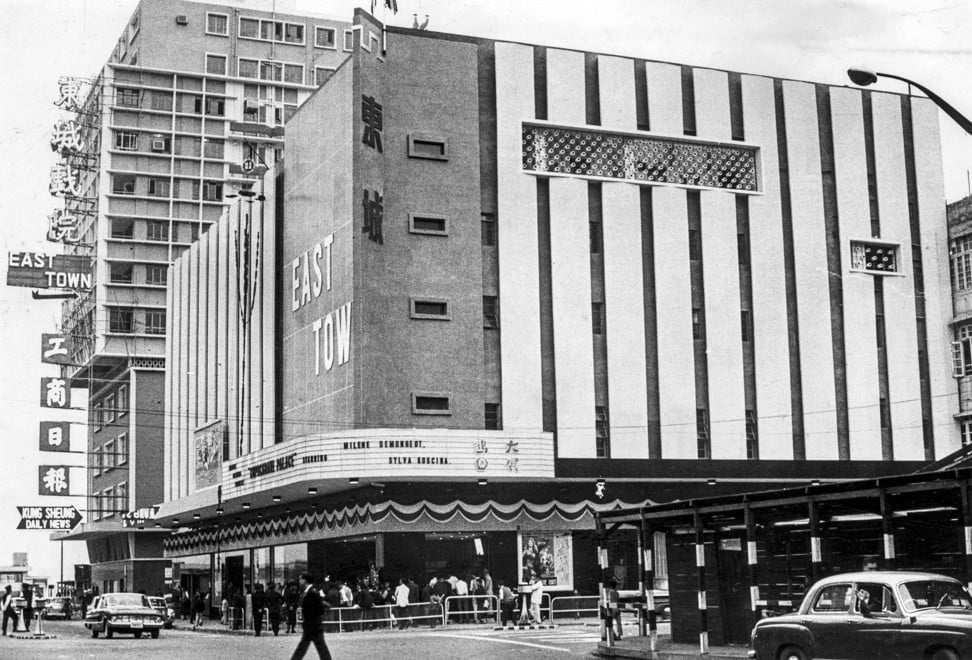
In 1964, the luxurious cinema, East Town Theatre, at the junction of Lockhart Road and Fenwick Street, in Wan Chai, opened its doors on the site of a demolished funeral parlour.
The cinema was able to seat 1,300 people and had the best equipment in town.
Sadly, it was closed after 10 years because of rumours of that it was haunted. Then it was demolished.

Believe it or not
The sales counter at the cinema noticed that more often than not, there were more admissions than the number of tickets sold.
The management thought that maybe it was because of the use of counterfeit tickets, but after checking, they found the numbers of stubs matched the actual tickets sold.
One night, they decided to do a headcount and saw mysterious shadows among the audience.
Other rumours of ghosts being seen in the toilets proved too much, and the theatre was closed.
Want more stories like this? Sign up here. Follow STYLE on Facebook, Instagram and Twitter

Parts of the city of more than 7 million people are also – reportedly – home to ghosts, with many sightings linked to wartime tragedies and natural disasters
